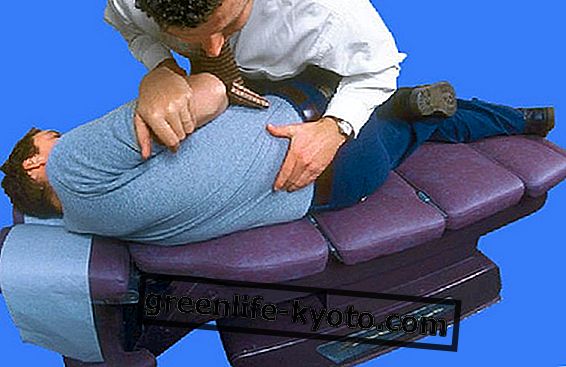
In the field of biomedicine healing is considered to be the result, prefixed in objective and scientifically measurable terms, of the efficacy of the therapy or of the drugs taken by the patient to restore their state of health.
This conception of therapeutic efficacy is criticized from the point of view of medical anthropology because it is essentially based on the biological aspects of the relationship between the patient and therapy, setting aside the cultural, social, emotional and symbolic aspects that affect any moment of the life of the human being, including the healing process.
Knowing these aspects allows us to understand the complex network of interrelations between the active role of the patient and his expectations, the symbolic representations and the cultural horizons of reference of the actors involved in the care process.
Furthermore, the concept of symbolic efficacy inevitably refers to the reflection on the interconnection between body and mind, or rather between the biological and non-human aspects.
The factors of therapeutic efficacy
The concept of therapeutic efficacy consists in the successful completion of the therapy, or in the restoration of health. It must not be associated with a reduction in the level of pharmacological action on the patient's body, but must be conceived according to a broader vision, which is able to incorporate all the aspects involved in the therapeutic activity.
Therefore, to better understand the functioning of therapeutic efficacy, one may ask: what are the factors that, in the absence of or in association with the active ingredients of drugs, contribute to triggering improvement in health or healing ?
Healing and, in the case of chronic diseases, improving the patient's condition depend on various factors:
- On the one hand, biological factors act which, in the course of the evolutionary history of the human being, have developed with the aim of protecting and restoring the health condition of the individual (antibodies, tissue regeneration, etc.).
- Then there are a set of cultural factors, such as the devices used in different cultures to trigger or assist healing through material and symbolic mechanisms (medicines, care rituals, methods of communication between patient and therapist, etc.).
Disease: meaning and search for causes
Symbolic effectiveness in the healing process
The concept of symbolic efficacy was introduced by anthropologist Claude Lévi-Strauss in a study carried out in 1949, entitled L'efficacité symbolique . In this essay the author analyzes a shamanic ritual practiced among the Cuna (Panama) for the good outcome of the birth with complications.
The question raised by the anthropologist is: how does the ritual action of the shaman produce an effective improvement of the pregnant woman?
The shaman, through songs that metaphorically reproduce the condition of the patient, acts symbolically on the woman's body and, at the same time, provides her with a mythical horizon of reference with which to give meaning to the pain and suffering she is experiencing . The ritual, therefore, by acting on the plane of the imaginary, reduces the physical pain of the patient .
The symbolic effectiveness, therefore, can be defined as the relationship between the plane of representation and that of incorporation (Pizza, 2005).
Although we are used to thinking of Western medicine as an objective science, mirror of a reality dominated by cause-effect reactions, if we think of it as part of a cultural system governed by beliefs, representations and determined meanings, we can understand how the cultural factors mentioned above they are effective not only on the material level, but also on the symbolic level like the therapeutic rituals present in medicines other than the Western one.
The symbolic effectiveness of drugs in the healing process
The symbolic effectiveness does not exclusively concern traditional medical systems, on the contrary: it acts in any therapeutic context in which patient and therapist share the same cultural code and attribute the same meaning to the experiences of healing and healing.
Drugs, for example, "heal" not only because of the active ingredients they contain, but largely because of the role of other factors: the patient's expectations, the prestige attributed to the doctor's prescriptions and the characteristics of the drug itself (form, color, size).
The symbolic efficacy of the drugs, known as the placebo effect, is due in large part to the active role of the patient : the idea that he has of the drug and on which he projects the expectations of improvement, can cause brain events that actually lead to improvement clinical imagined by the patient (Benedetti, 2012).
To deepen themes concerning symbolic efficacy and effectiveness devices, I recommend acquiring the text of Giovanni Pizza, “Medical anthropology. Body knowledge, practices and policies "(2005), Carocci Editore. While, to learn more about the placebo effect, I recommend the interesting book by Fabrizio Benedetti, "The placebo effect. Short journey between mind and body (2012).













